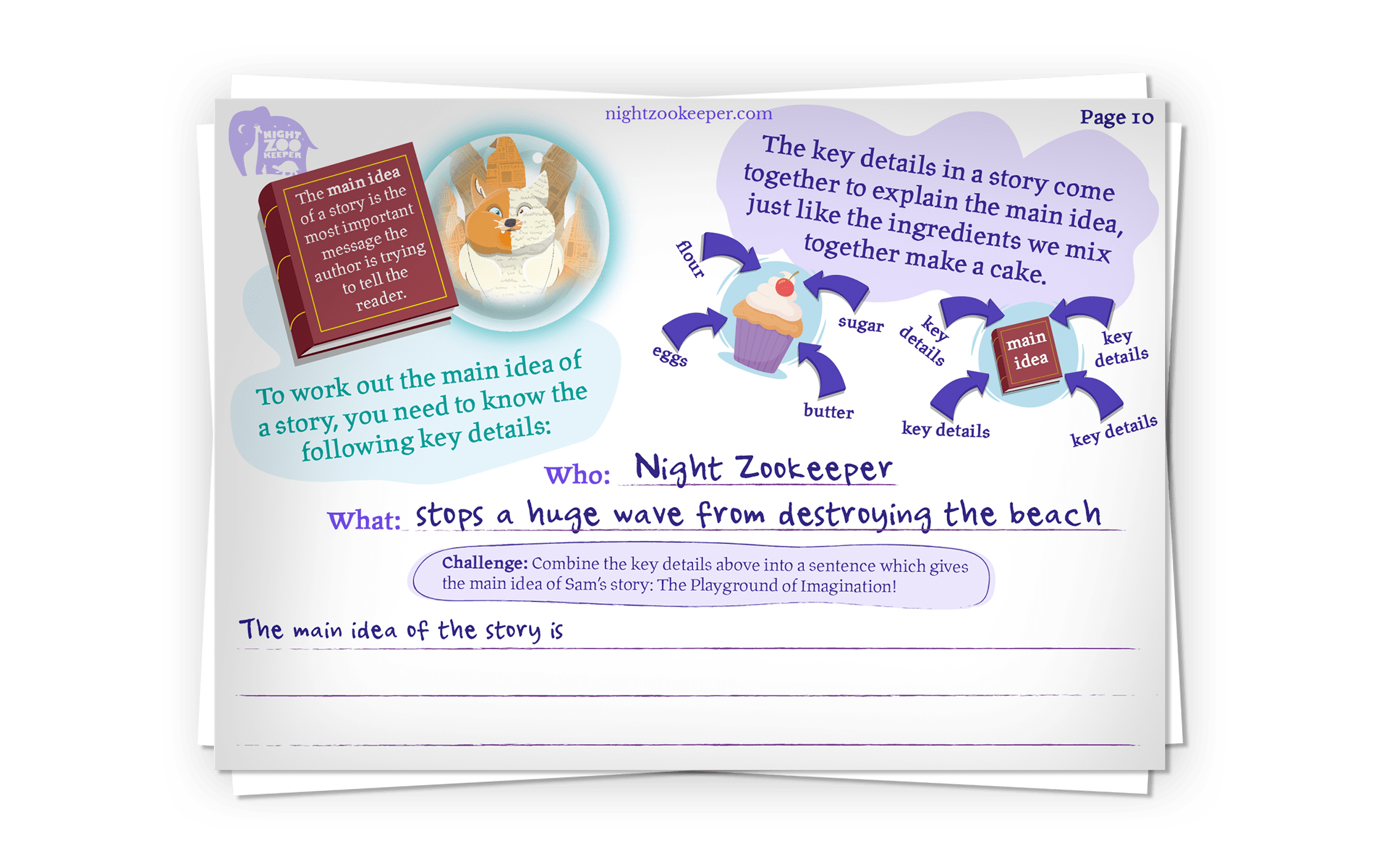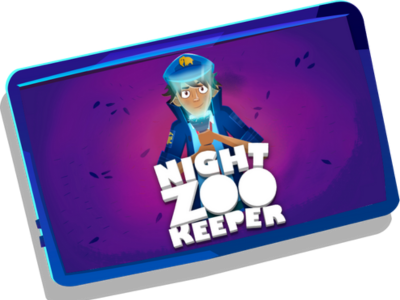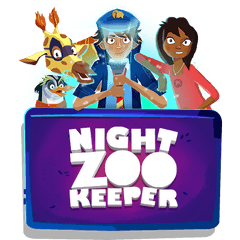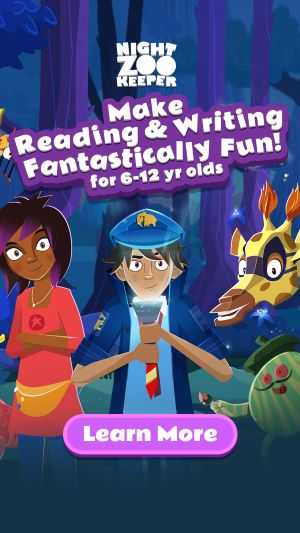Summarizing a Text
Teach your child how to summarize a text!

Home > Resources & Worksheets > Reading Comprehension > Summarizing
Summarizing is a great skill for young children to learn, as it teaches them to identify and present the most important information from long texts in a concise and accurate summarized text.
Learning how to write a summary can be tough, but we’re here to help - keep reading for our top tips, activities, and a free resource!

Benefits of summarizing
When summarizing a text, it's crucial for young learners to focus on extracting the most relevant information and expressing it in their own words. They should identify key points, best lines, or essential terms, while excluding unnecessary details.
Your child can employ various techniques to craft a good summary, like highlighting key sentences, and using subheadings as a guide to what topics should be mentioned. However, they should avoid merely copying the original text, as the goal is to condense it in terms of both content and length. Your child will have to paraphrase the key points of the story they’re summarizing in order to avoid plagiarism. Something else to keep in mind is the summary length - a summary should consist of a short paragraph, or around three to five bullet points.
When presenting a summary, it's vital to acknowledge the source of the information and provide proper citations, whether summarizing a news article, research paper, or literature review. This not only gives credit to the original author but also upholds the credibility of your child’s work.
Some of the key benefits of writing a summary include:
- It shows the difference between essential and non-essential information
- It helps children identify themes in a text
- It encourages children to learn to split up details from main ideas
- It shows young learners how to focus on key words and phrases
- It improves a child’s memory of a text
- It boosts reading comprehension skills
- It encourages children to work on their summarizing skills, which are useful in every subject area

Summarizing activities
Write headlines
For this activity, you'll need to invite your child to read a short text and then write a headline to summarize the text's central theme.
Character, goal, problem, solution
In this game, your child must read a short story and write the answers to each question using one concise sentence.
Character - Who is the main character in the story?
Goal - What does the main character want to achieve?
Problem - What problem do they face?
Solution - What happens in the end?
Story pictures
In this activity, you'll need to read a picture book (or even just a chapter of one) to your child without showing them the pictures. Once you’ve finished reading, you can go through each image and use it to summarize the main characters and events in the story.
Highlighting
Give your child a short non-fiction text and ask them to use the text's title to find and highlight all the most essential words and phrases throughout. For example, you could use a short text about an animal. Then challenge them to highlight the most important facts they can find about the animal.
Free resource
You can practice reading comprehension skills with your child by downloading this fun activity pack based on the first book in the Night Zookeeper series.
Note: this is the same PDF available across all the Reading Comprehension section.

How Night Zookeeper can help

Night Zookeeper makes reading & writing fantastically fun for children aged six to twelve!
Our reading & writing program transforms skill-building into an exciting adventure with access to thousands of educational resources. These include interactive lessons, captivating reading comprehension activities, word games and skill challenges.
Sign up now and enjoy a FREE 7-day trial!
Related content


Make Reading & Writing Fantastically Fun!
- Award-winning reading & writing program for kids
- Improves spelling, grammar, punctuation & vocabulary
- Over 1,000 different learning games and activities



